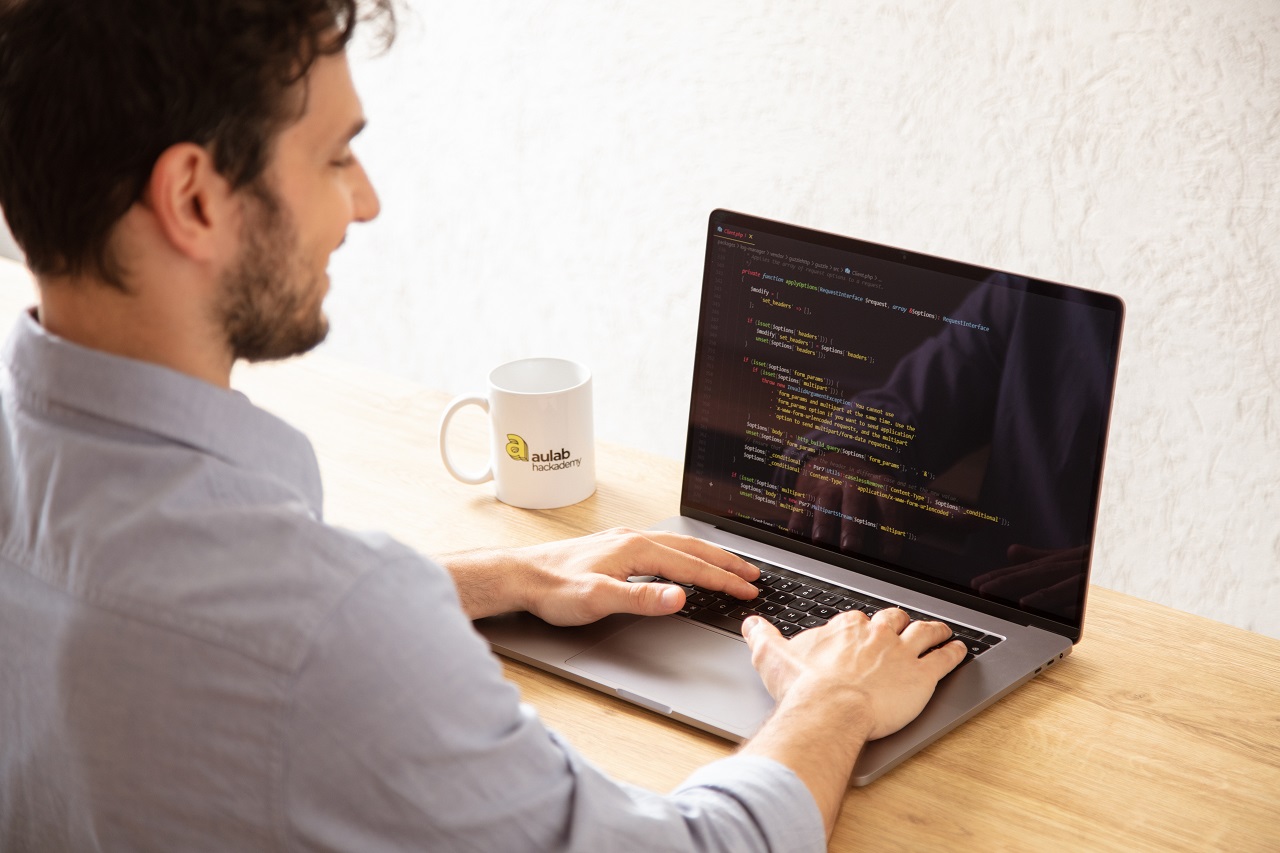aulab, first Italian Coding Factory, has identified the main ones trend dell’edutech for the 2023a sector that has undergone enormous changes and progress over the last two years, thanks to the pandemic and the need to find solutions for distance learning.
The edutechs of aulab
“The world of edutech, in the coming years, will make use of innovative tools not only to convey training but also to develop contents in order to make learning multimedia and personalized”, he explains Giancarlo Valente, Agile Coach and CTO of aulab.
“The opportunities of technology for the world of distance learning are many, but the goal is always to give the student the best possible learning experience from which to start their career”.
So let’s see what are the 5 edutech trends identified by aulab.
Blended learning: it is the right mix between distance, presence and expectation. In fact, it is estimated that the “loneliness” factor is one of the main causes of the abandonment rate of e-learning courses. Because of this aulab promotes the integration between live streaming teaching and individual study in asynchronous mode, since feeling in some way expected by the teacher and peers it is an incentive to continue learning autonomously.
Leverage data for digital assessment: In the next few years, the systems that will allow the teacher to carry out one will develop more and more automatic assessment of learning. Wanting to give examples, let’s talk about tools that suggest exercises to be carried out in view of a difficult passage of the lesson.
Similarly you can monitor the digital assessment, useful data to keep track of the experience of the person who is following the training. Thanks to these tools it will be possible not only to evaluate learning, but also to understand if there is real interest on the other side of the screen.
Artificial Intelligence for adaptive learning: useful for developing learning paths in which the individual training modules are proposed on the basis of the exercises previously performed. In fact, Artificial Intelligence evaluates the student’s skills and can decide to make him skip some lessons if he believes that this knowledge has already been learned.
The aim is to measure the student’s behavior and offer him teaching materials in line with his interests. Furthermore, Artificial Intelligence compares students, proposing similar educational experiences to similar profiles.
The imperative of learning how to learn: always keep in mind that learning takes time and that this varies according to the individual. Neurosciences have investigated the functioning of the brain by dividing learning into a focused mode, which is activated while reading a text, and a diffuse mode, which is activated during sleep or when a mechanical action is performed. Students use the former to acquire information and the latter to process it.
From home schooling to bringing education around the world: there are many families who are experiencing thehome schooling and just as many did during the pandemic. It is estimated that in the coming years, home schooling will enjoy the opportunities offered by AI. After all, automation is very useful for bringing training to areas of the world where there are no face-to-face teachers available.















Leave a Reply
View Comments